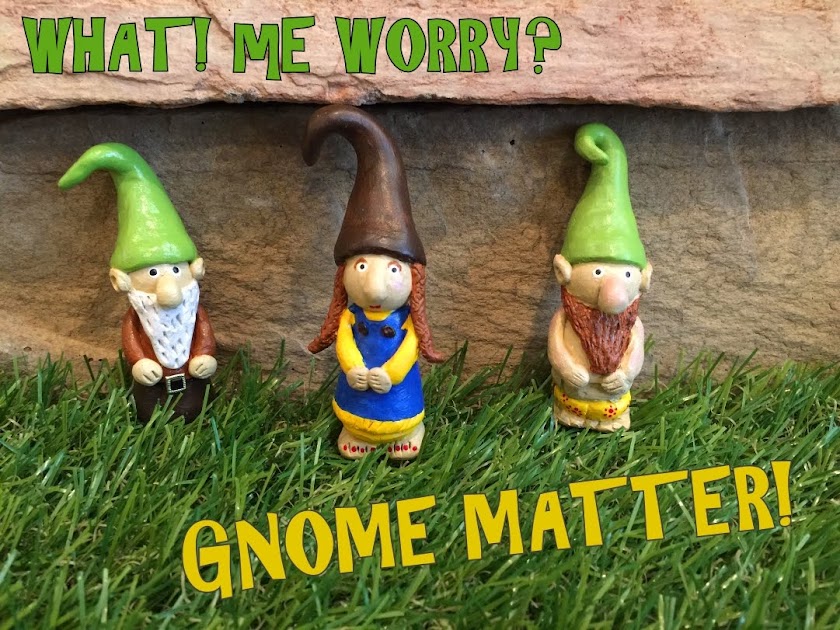 |
| First Gnome Home on the block. |
When I constructed and installed my first twig-covered gnome house at the the base of a tree last summer, I knew that the passage of time and weather would result in the cozy abode slowly deteriorating. Not only would the sun, wind and rain weaken the stick structure, but visits from the critters inhabiting our woods would take a toll: squirrels, birds, mice, rabbits, etc. As the seasons and fairy-scapes changed - I found myself performing maintenance on the house, usually re-gluing a fallen stick or patching the roof. Overall, I was pleasantly surprised how well the gnome-home endured the extremes of Minnesota weather. Still, I knew I could do better. It was time to do some research.
 |
| Hypertufa containers. |
I'd never heard of Hypertufa until I began my research: A stone-like material which mimics concrete. It is composed of three substances: perlite, Portland cement, and peat moss. Once combined, the "batter" is poured into a mold to create plant containers. Interesting, but not quite what I was looking for. I wanted a more versatile product.
It was while reading about Hypertufa that a smaller ad on the webpage caught my attention: ShapeCrete.
As I read the manufacturers description, I knew I'd found what I was looking for:
"ShapeCrete is an easy-to-use, shape-able concrete mix that can be rolled, molded, pushed or poured into any shape imaginable. Just add water to the dry mix to get clay-like concrete...it becomes rock-hard and durable in about 24 hours...ShapeCrete is stronger than ordinary concrete...it can be pigmented, stained or painted..."
Perfect. The possibilities are endless. (It was a moment I was truly grateful for the Internet.)
Dry, unmixed ShapeCrete is much like the texture of flour: fine, dusty and powdery. I would not recommend working with ShapeCrete indoors. I did only because it was January (garage was too cold) and I was anxious to get started. I was sure to wear protective gear.
 |
| Powdery ShapeCrete |
 |
| Molding the "clay" |
Once the proper ShapeCrete/water ratio was attained, (similar to clay.) I pressed the mixture into several different molds and cured for 24 hours. Click to enlarge pictures.
I kept the shapes easy and simple. The unfinished pieces were crude, but I knew once painted and detailed, they would perk up. This was my first try. I've already thought of improvements for the next batch. ShapeCrete 2.0
 |
Bottom of 2 liter pop bottle.
|
 |
| Give them legs and a little color. |
 |
| Plastic works best: wine glasses, auto funnels, OJ container. |
 |
| Crude and rough looking. |
 |
| This one I mosaic tiled. |
 |
| Now painted, cheerful garden or plant critters. |

 |
| These should add a splash of color to my garden this spring. |
 |
| Can any good come of this? |
I wasn't as easily convinced regarding the potential of the round-ish cylinder and funnel shaped pieces. I knew these would require work...much more work. They would be the foundations of future fairy/gnome homes - the original purpose of my research and ShapeCrete purchase. They were going to "last forever". I had to make it work.
Detail after detail, the first gnome home eventually evolved. Mondays post will be dedicated to the unveiling of my first completed ShapeCrete Fairy/gnome home. Wow, the metamorphosis surprised even me.















No comments:
Post a Comment